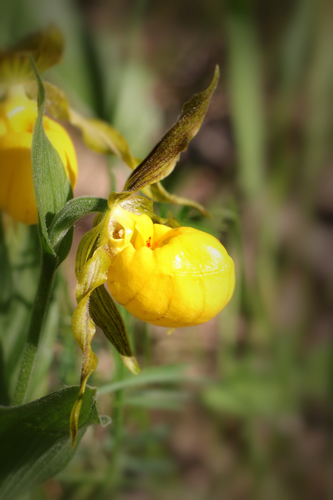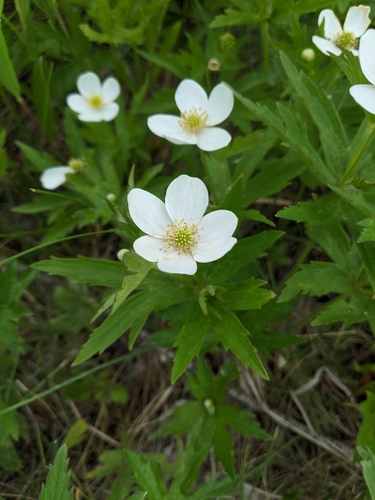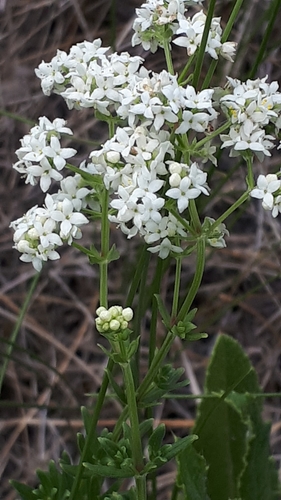Winter is a great time to improve your birding skills. There are far fewer types of birds around AND there is less vegetation for them to hide in. There are also tried and true birding strategies for keeping observing birds fresh through the darker days.
Winter Bird Feeders
A bird feeder set up near a window that you look out regularly keeps you warm while providing opportunity to observe the same birds over and over. Familiarity breeds expertise. It also can mean the discovery of a winter rarity - a bird that has elected to tough it out or one that has wandered in from far away. Audubon has a helpful leaflet on bird feeders to get you started. In Manitoba, it is not necessary to offer water in the winter as most feeder birds get enough moisture from snow. Remember that if you share your space with bears, you will need to put away your feeder BEFORE they become active in the spring.
Keep A List
Finding a bird deserves the recognition that adding it to a list can provide. Of course adding your observation to iNat is a great way to update your list. While iNaturalist is expanding every day, there are still gaps in our knowledge of birds. Common birds are sometimes overlooked. Weather and distance can suppress the number of observations of a species in some areas. Using a known target list together with the iNat observation map view can help you fill in some of the gaps and improve your knowledge of Manitoba birds at the same time.
The annual MB Birds winter bird list uses a variety of more traditional birding sources like the MB Birds emails, the various Christmas Bird Counts held in Manitoba and eBird sightings as well as checking what has been posted on iNaturalist and on Facebook birding groups. The list grows quickly in the first few days as the familiar winter birds are added. After one day 38 species have been recorded on this years list with the number expected to grow again substantially by tomorrow. Historically over a hundred species have been recorded in Manitoba December through February. Have you seen them all?
Ready for a bigger listing challenge next year? Consider taking on a route in the Canadian Nightjar Survey. The survey takes place mid June thru mid July and observers only need to be able to recognize two different birds - the Common Nighthawk and the Eastern Whip-poor-will. Look for a route close to where you will be at that time of year as the survey takes place at dusk. I have found the coordinators very helpful and the survey is pretty interesting to do. We were pretty excited to hear our first whip-poor-will call. :)
Share your joy
Let people you know about your iNaturalist experience and invite them to join in. It doesn't matter how near or far they might be, you can share in their nature discoveries through iNat. And if you happen to be taking a winter break somewhere, suss out the location before you go to see what great new organisms, including birds, you might be able to add to your life list.
Christmas Bird Counts are held across North America during December continuing a tradition begun in 1900. To find a count in Canada near you, check out this Birds Canada page. Have some junior birders or kids who just like birds then check out the Christmas Bird Count for Kids.
Take in outings and presentations by groups like Nature Manitoba, Westman Naturalists, CPAWS Nature Club and Manitoba Provincial Parks.
Get outside
This is the root, the touchstone of everything else. Taking time to be outside and paying attention to the natural world refreshes ..even if that refreshment requires you to be bundled up to your eyeballs.
Birds like to hunker down in the shelter of the trees on windy cold days. They are more active during sunny breaks and the warm spells. Birds that like water know all the places where the creeks and rivers never freeze. When you are searching for a particular species, a bit of research can help you refine where and when you look to increase your chances for finding them. Look for previous observations on iNat during the month and area. Check out the surroundings visible in the images for hints on where in the landscape to focus your search.
Happy observing! Looking forward to seeing what we all find.














 Usá ArgentiNat con app iNaturalist
Usá ArgentiNat con app iNaturalist





